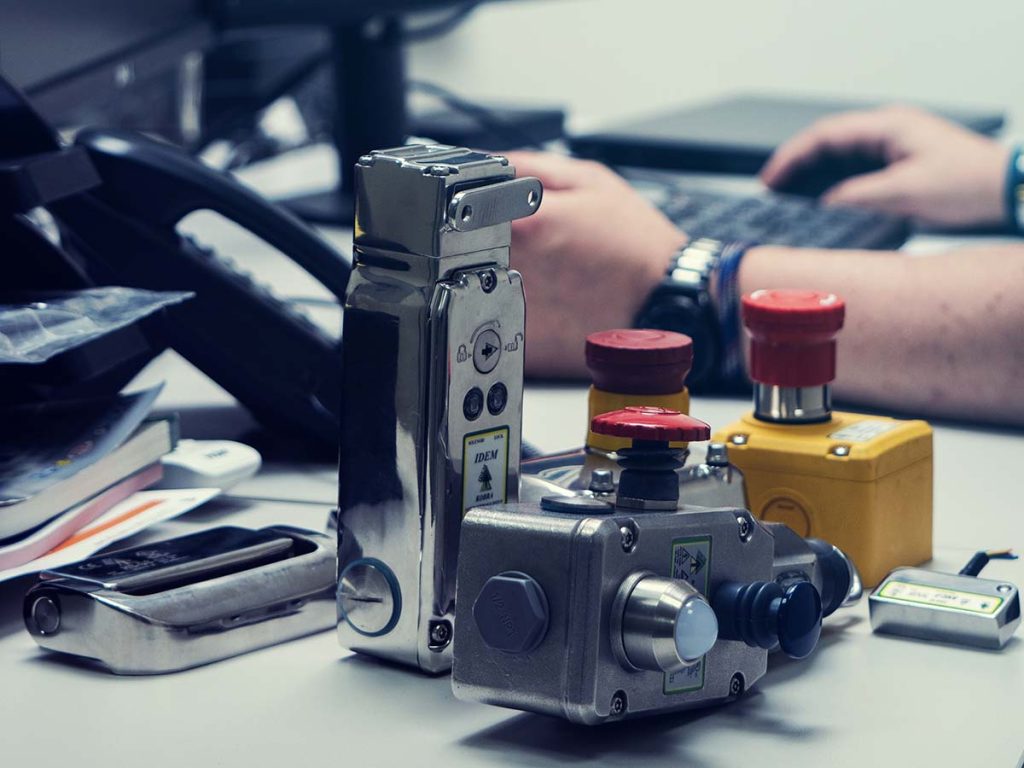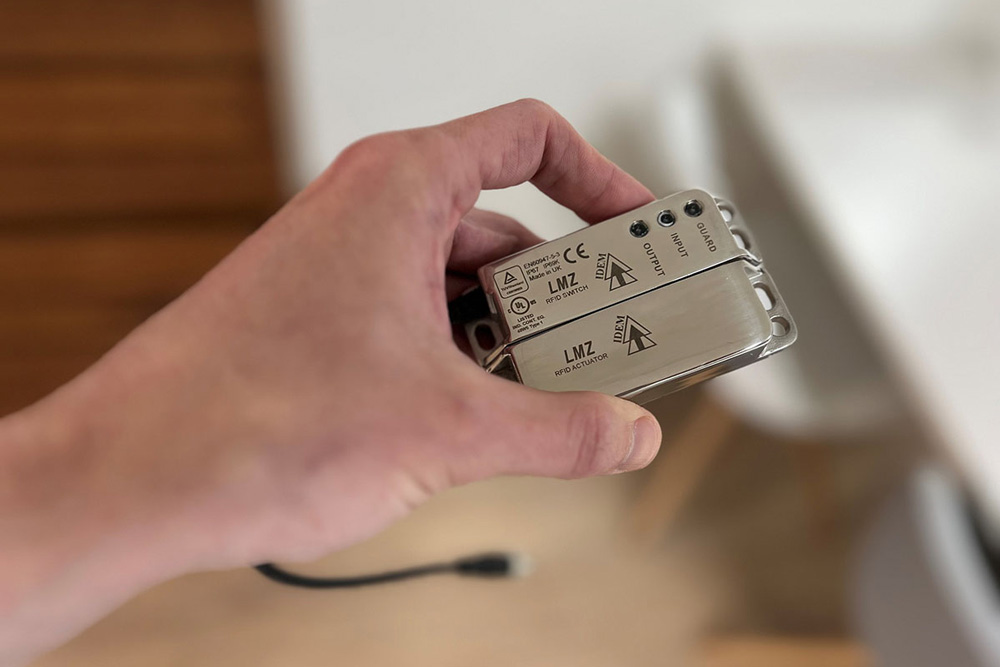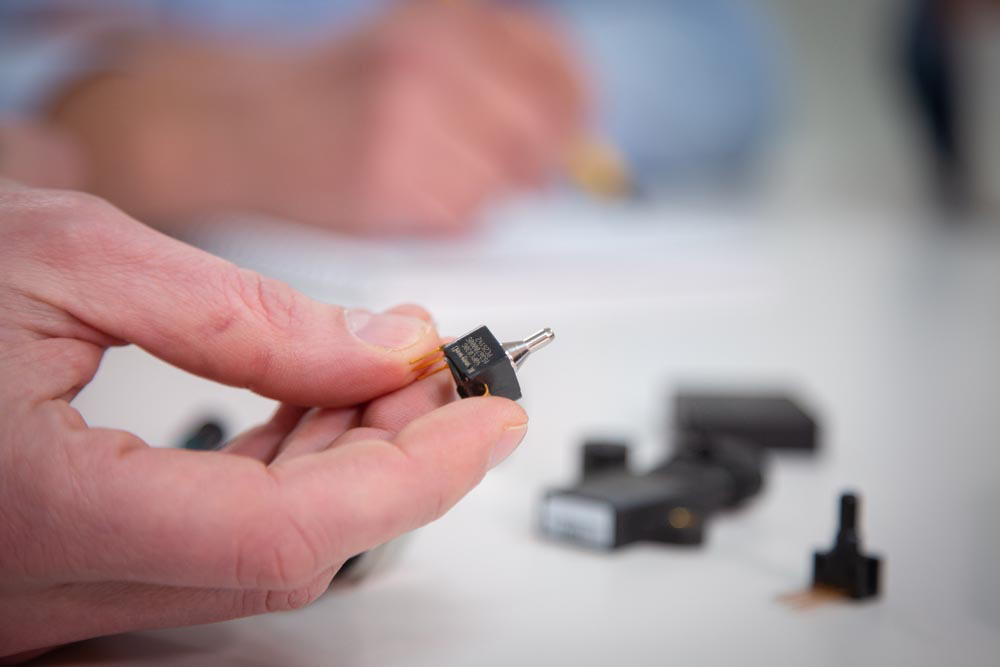Choosing the right safety switch for your machine is an important decision that directly affects the performance, efficiency and durability of your machines. Stainless steel and plastic are the two main options, but why choose stainless steel? In this blog, we highlight the seven essential advantages of stainless steel safety switches as opposed to plastic switches.

The importance of selecting the right safety switch
When choosing safety switches, it’s not just about what looks best on paper, but what works best in your particular issue. The housing the switch is made of determines the life and reliability of a machine, even under harsh conditions. Making the right decision can prevent problems that later cost a lot of time and money to fix.
1. Stronger than plastic and has a long lifespan
Stainless steel safety switches last longer than plastic safety switches. They are very good for industrial applications where machines are in constant use because they can withstand heavy loads. The durability of stainless steel allows them to last much longer even under extreme conditions, which ultimately leads to fewer replacements and less downtime in the production process.
2. Resistant to extreme temperatures
Stainless steel safety switches operate reliably at extreme temperatures between -25° and +105°C. They are well suited for environments with large temperature differences, such as cold stores or near machines that produce a lot of heat. Plastic switches, on the other hand, are less reliable at high temperatures, which limits their application in certain industrial environments.
3. Suitable for high-pressure cleaning and better hygiene qualities
Stainless steel safety switches save a lot of money in the food industry. They can withstand intensive cleaning and harsh chemicals without affecting their functionality or durability. In addition, they are easy to clean, which reduces the risk of bacterial growth. Plastic switches are not hygienic switches because they deteriorate over time due to cleaning.
4. Less susceptible to corrosion and weather conditions
Stainless steel safety switches are made to resist corrosion and rust, making them ideal for outdoor use and in environments where moisture, salt and chemicals are likely to occur. Stainless steel switches are also more durable and resistant to external factors, unlike plastic switches that can be easily stained or discolored by these materials.
5. Direct contact in the food industry
In the food industry, stainless steel safety switches are required to meet strict standards. Stainless steel safety switches are corrosion resistant and hygienic. This makes them suitable for direct contact with food and beverages without sacrificing performance or safety. Manufacturers can therefore be more confident that their products are clean and safe.
6. Cost-saving in the long run
Stainless steel safety switches cost more to purchase than plastic, but in the long run they are more than cost-effective. The durability of stainless steel reduces the need to replace these switches. Over the total service life, this means lower total cost of ownership and increased productivity because there is less chance of unexpected downtime due to broken switches.
7. Premium quality and appearance
Stainless steel switches are not only practical, they also look beautiful. They help establish machine quality and reliability, which can be advantageous in industries where both appearance and brand image are important. Compared to plastic switches, stainless steel switches contribute to a better image of your equipment.

When plastic safety switches are a good option
Plastic safety switches are less expensive for less demanding applications, such as lighter duty applications and automation processes. They are good for situations where cost savings and easy replacement are critical, such as temporary installations or projects with limited budgets. Although stainless steel safety switches last longer, plastic can suffice in applications where conditions are less demanding.
Which safety switch best suits your issue?
Choosing between stainless steel and plastic safety switches depends on the application and design. Stainless steel switches are reliable, hygiene-friendly and durable, especially in environments with high hygiene requirements. They are a good long-term investment because they can withstand harsh conditions. Plastic switches are a better choice for less demanding applications that require cost and easy replacement.
Ultimately, it comes down to finding the right balance of performance, cost and sustainability for your particular issue. Need help making the right choice? Contact us for no-obligation advice. We are happy to help you find the best safety switch for your issue.



